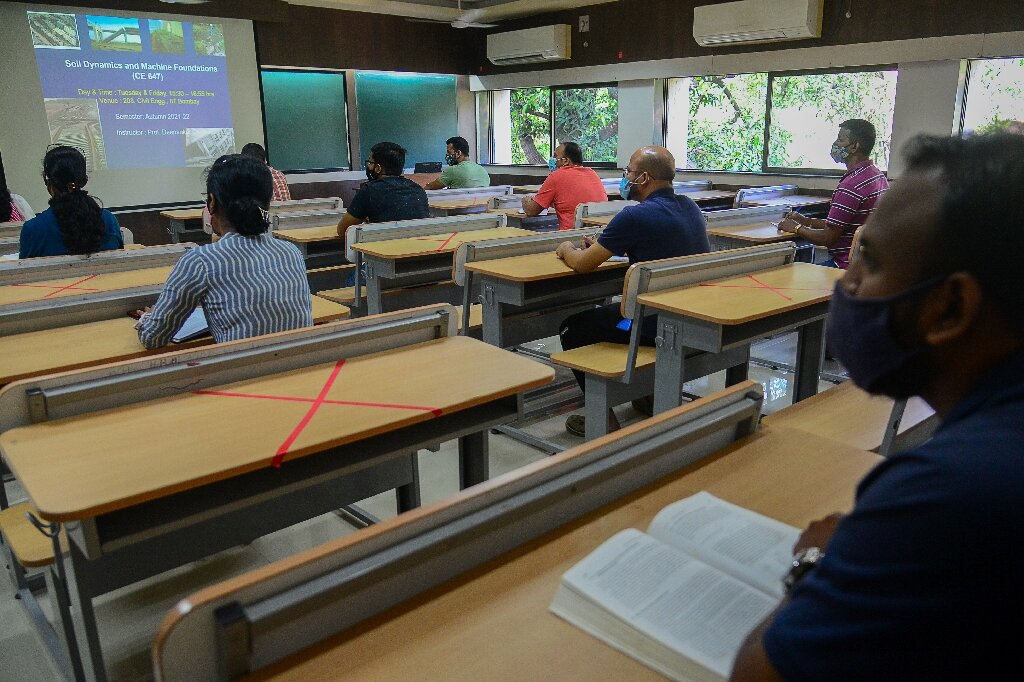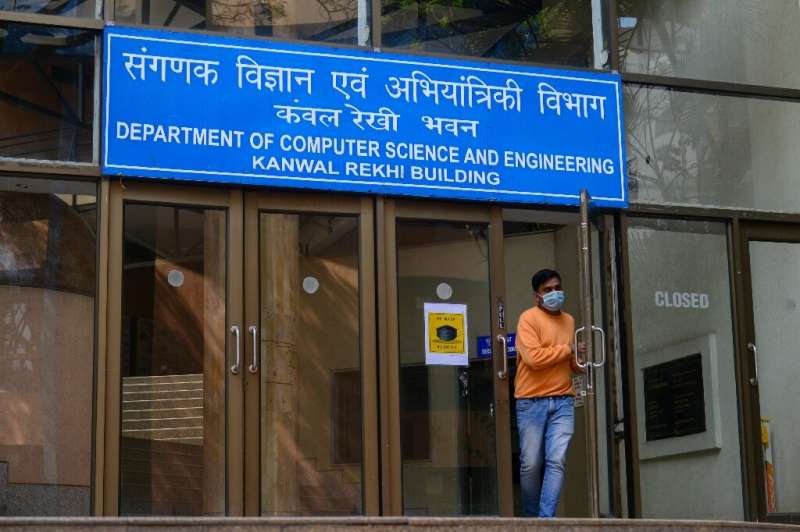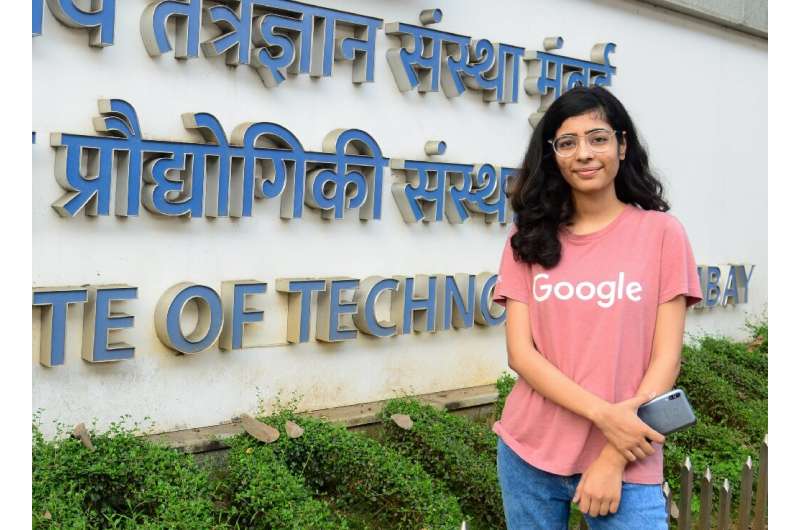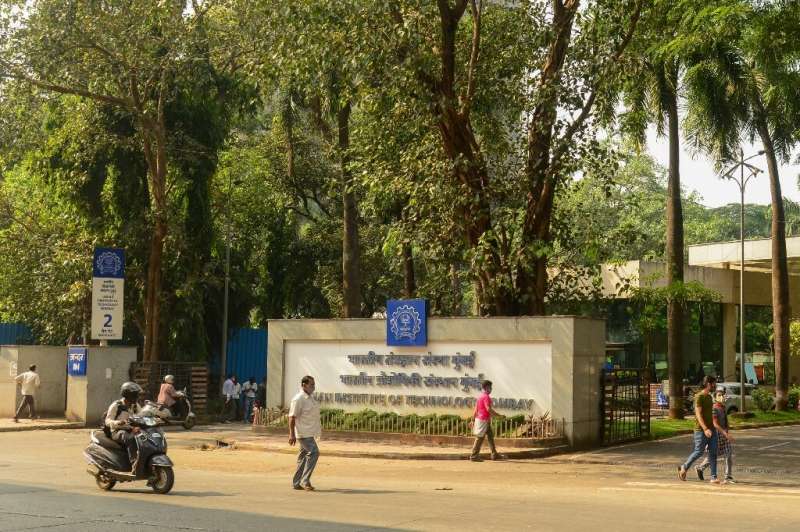#Why global tech turns to Indian talent

“#Why global tech turns to Indian talent”

Twitter’s new CEO Parag Agrawal is the latest alumnus of India’s prestigious technical universities appointed to head a multi-billion-dollar US tech firm, and Shivani Nandgaonkar wants to follow in his footsteps.
The 22-year-old student at the Indian Institute of Technology Bombay —Agrawal’s alma mater—has already been recruited by Google to become one of the thousands of IIT graduates at major American tech companies.
“When I heard about Parag, I was so happy,” she said. “One IITian is also CEO of Google, Sundar Pichai. So this is my (stepping) stone now.”
Twitter’s Agrawal is the youngest chief executive in the S&P 500 at just 37.
Like Google-parent Alphabet’s 49-year-old CEO Sundar Pichai, he left India after his IIT degree to pursue a postgrad in the United States before working at several American companies.
Other Indians at the highest corporate tech echelons include IBM’s Arvind Krishna and Palo Alto Networks’ Nikesh Arora—both IIT alumni—along with Satya Nadella of Microsoft and Shantanu Narayen at Adobe.
Executives and experts say that beyond the South Asian nation’s sheer size, the phenomenon is due to multiple push-pull factors and skillsets including a culture of problem-solving, the English language, and relentless hard work.

IIT graduate and Sun Microsystems co-founder Vinod Khosla believes that after growing up with multiple communities, customs and languages, Indians have the ability to “navigate complex situations”.
“Educational competition in India and societal chaos helps hone their skills in addition to the rigorous technical education at the IITs,” the billionaire venture capitalist told AFP.
‘Creme de la creme’
Silicon Valley demands technical expertise, managing diverse communities, and entrepreneurship in the face of uncertainty from its top executives.
“In innovation, you have to be able to break the rules, you’re fearless. And… you can’t survive a day in India without having to break one rule or the other or dealing with incompetent bureaucracy or corruption,” said Indian-American academic Vivek Wadhwa.
“Those skills are very useful when you’re innovating in Silicon Valley, because you have to constantly challenge authority.”
And they are valuable: ride-hailing giant Uber this month offered IIT Bombay students first-year packages of $274,000 for jobs in the United States.

The contest for such prizes begins early in a country of more than 1.3 billion people with a longstanding focus on education.
The IITs are seen as India’s top universities, and more than one million pupils apply each year for just 16,000 places.
For one-and-a-half years, Nandgaonkar studied up to 14 hours a day, seven days a week. Some other students started preparations at just 14 or 15, she added.
“Imagine having an entrance which is 10x more difficult than MIT and Harvard. That’s what the IITs are,” Wadhwa said. “So it’s the creme de la creme of the country.”
India’s biggest export?
The IIT network was established in 1950 by the country’s first prime minister Jawaharlal Nehru, who envisaged a pool of highly trained science and engineering graduates to help build India after the end of British rule in 1947.
But the supply of engineers was not matched by sufficient domestic demand, so graduates looked further afield, particularly in the United States where there was hunger for highly skilled workers as the digital revolution took off.

“In the ’60s ’70s, and ’80s, even into the ’90s, Indian industry was not yet at the advanced (stages) and… a lot of those who wanted to do cutting-edge technology felt the need to go abroad,” IIT Bombay Deputy Director S. Sudarshan said.
Agrawal, Pichai and Nadella spent a decade or more working their way through the ranks of their respective companies, building up insider knowledge while gaining the trust of the firms’ American founders.
And for years, more than half the applicants for US H1-B skilled immigrant visas have been from India, and mostly from the tech sector.
In contrast, engineers from even more populous China had the option of finding jobs at home or returning after completing their US postgrads as their domestic economy boomed, said Johns Hopkins University professor Devesh Kapur, an IIT graduate himself.
The phenomenon may wane in time as India’s own tech sector thrives, offering the country’s best and brightest minds greater domestic opportunities, but for Nandgaonkar, becoming a tech boss like Agrawal or Pichai is not a far-fetched idea.
“Why not?” she said, “Dream big!”
New Twitter CEO steps from behind the scenes to high profile
© 2021 AFP
Citation:
Why global tech turns to Indian talent (2021, December 9)
retrieved 9 December 2021
from https://techxplore.com/news/2021-12-global-tech-indian-talent.html
This document is subject to copyright. Apart from any fair dealing for the purpose of private study or research, no
part may be reproduced without the written permission. The content is provided for information purposes only.
If you liked the article, do not forget to share it with your friends. Follow us on Google News too, click on the star and choose us from your favorites.
For forums sites go to Forum.BuradaBiliyorum.Com
If you want to read more Like this articles, you can visit our Science category.

